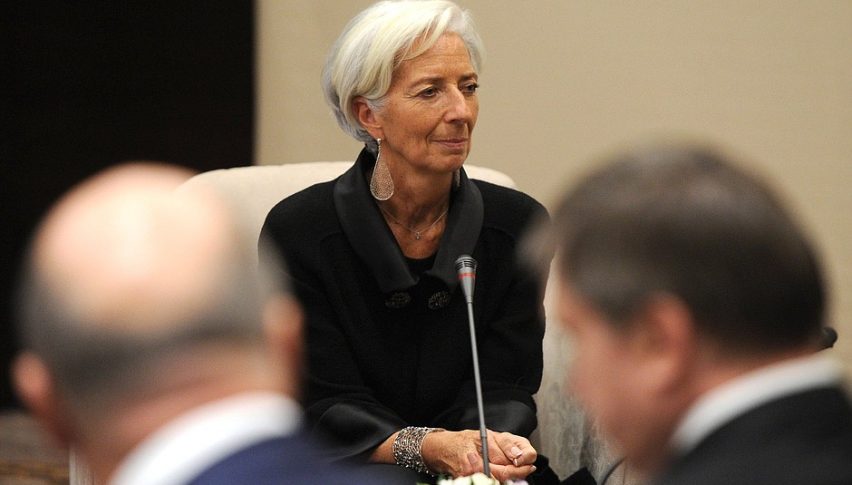NZD/USD Heads Down for 0.55 As Support Turns Into Resistance
NZD/USD retested the previous support below 0.58 on Monday during the bounce, but buyers failed and now the price is heading for the 2020...

NZD/USD retested the previous support below 0.58 on Monday during the bounce, but buyers failed and now the price is heading for the 2020 lows as sellers remain in control.

Since late September, NZD/USD has experienced a steady decline, losing over 6 cents due to the US dollar’s sustained strength and the New Zealand dollar’s weakness following the Reserve Bank of New Zealand’s 50 basis point rate cut. After briefly recovering from its 2023 low in late November, the pair resumed its downward trend, closing last week at a 2-year low.
This bearish momentum suggests further declines, potentially targeting the 2022 low at 0.55. The outlook is compounded by ongoing economic struggles in China, which weigh heavily on commodity-linked currencies like the Kiwi. China’s latest Retail Sales data highlights continued weakness in consumer activity, reflecting another month of deceleration.
NZD/USD Chart Daily – Buyers Couldn’t Break the Previous Support

Despite the People’s Bank of China’s stimulus measures, weak domestic demand persists, leaving markets unimpressed with Beijing’s policy response and adding further pressure to the New Zealand dollar. Last night we also had the trade balance report, which didn’t show a pretty picture, however the consumer confidence improved.
New Zealand Q4 Consumer Confidence Report (Westpac)
- Q4 Consumer Confidence: Increased to 97.5 points, marking a noticeable improvement.
- Q3 Consumer Confidence: Previously at 90.8 points, signaling growing optimism among consumers.
New Zealand Q3 Current Account Data
- Current Account Deficit: Recorded at -10.58bn NZD, slightly worse than the expected -10.45bn NZD.
- Q2 Deficit Revision: Revised higher to -4.70bn NZD (from the initial estimate of -4.83bn NZD), indicating a larger deficit than previously reported.
New Zealand’s Q4 consumer confidence improved significantly, signaling brighter sentiment among households, while the Q3 current account deficit widened more than expected, highlighting external vulnerabilities. These contrasting trends point to a mixed economic outlook, where domestic optimism could face challenges from external economic pressures. Markets may closely watch whether consumer activity can offset ongoing weaknesses in the current account balance.
NZD/USD Live Chart
- Check out our free forex signals
- Follow the top economic events on FX Leaders economic calendar
- Trade better, discover more Forex Trading Strategies
- Open a FREE Trading Account



